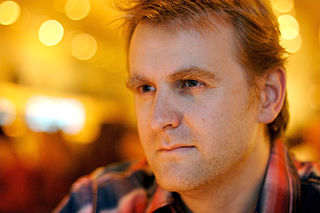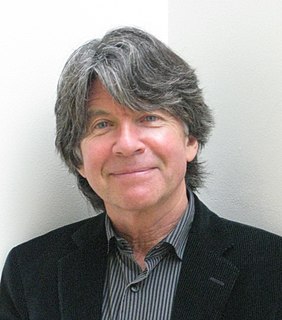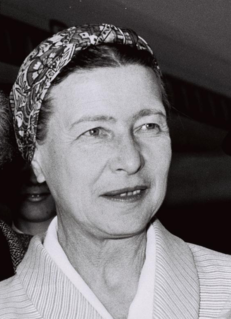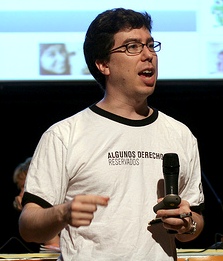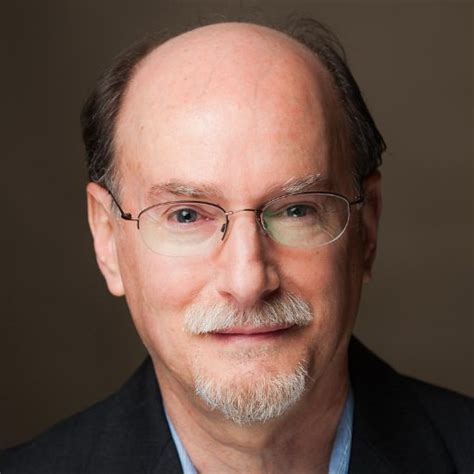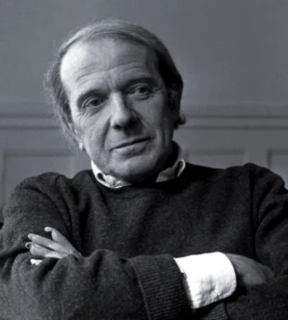A Quote by Nick Harkaway
Digital books are still painfully ugly and weirdly irritating to interact with. They look like copies of paper, but they can't be designed or typeset in the same way as paper, and however splendid the cover images may look on a hi-res screen, they're still images rather than physical things.
Related Quotes
I think a comic looks better in the magazine. The colors are designed to be on paper, not illuminated on screen. I don't like the aspect of people reading it for free. When people get things for free, they tend to not take them as seriously. But I don't know. I'm sure 10 times more people are reading it online than in the actual paper.
In a way, literature is true than life,' he said to himself. 'On paper, you say exactly and completely what you feel. How easy it is to break things off on paper! You hate, you shout, you kill, you commit suicide; you carry things to the very end. And that's why it's false. But it's damned satisfying. In life, you're constantly denying yourself, and others are always contradicting you. On paper, I make time stand still and I impose my convictions on the whole world; they become the only reality.
What Warcollier demonstrated is compatible with what modern cognitive neuroscience has learned about how visual images are constructed by the brain. It implies that telepathic perceptions bubble up into awareness from the unconscious and are probably processed in the brain in the same way that we generate images in dreams. And thus telepathic “images” are far less certain than sensory-driven images and subject to distortion.
